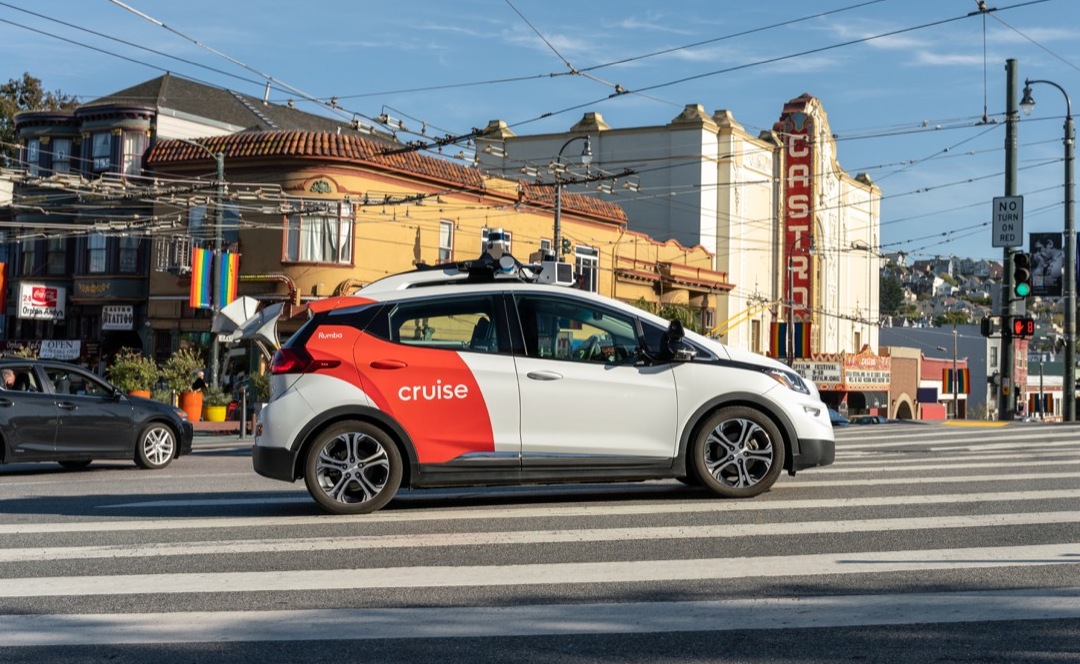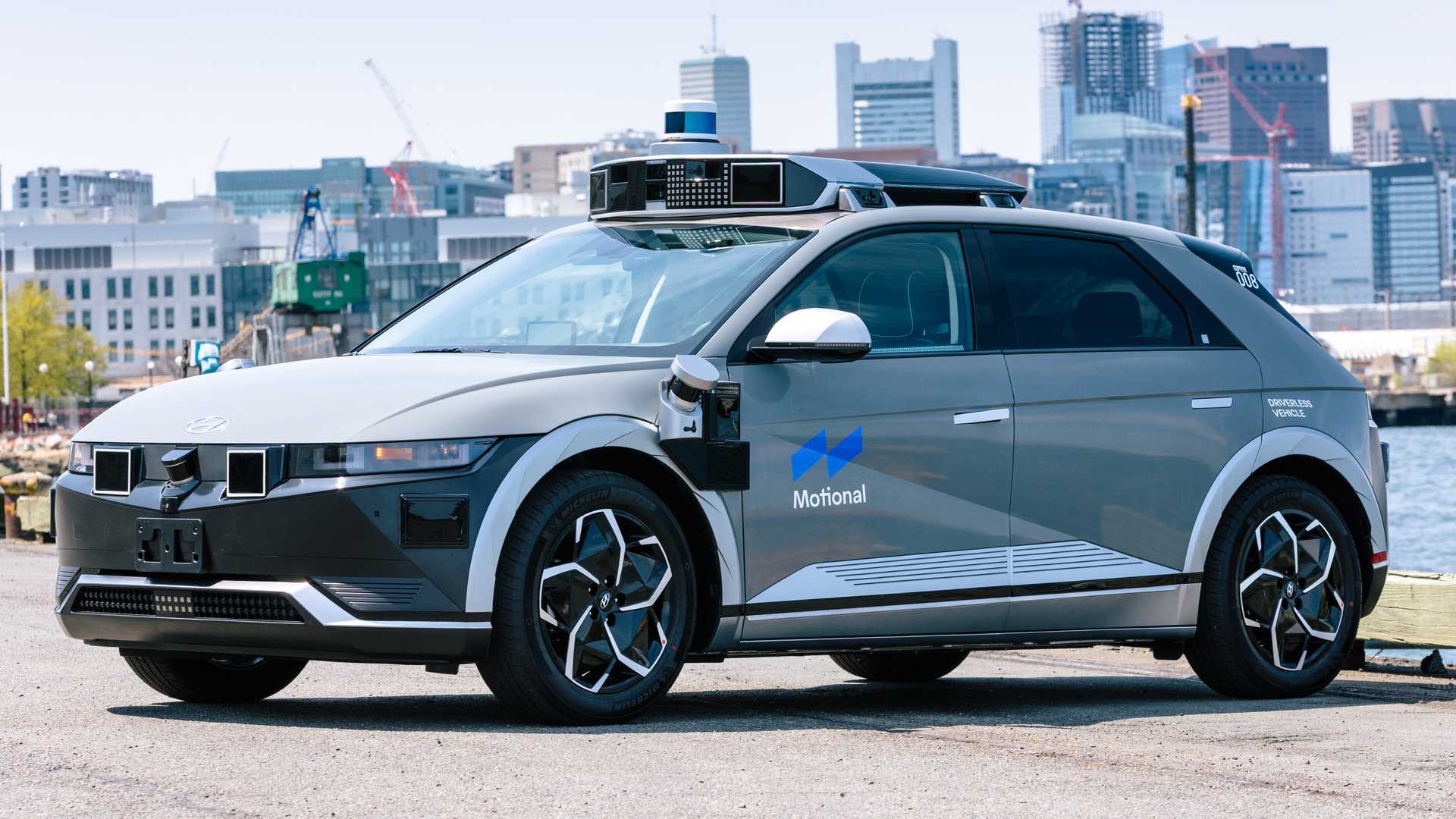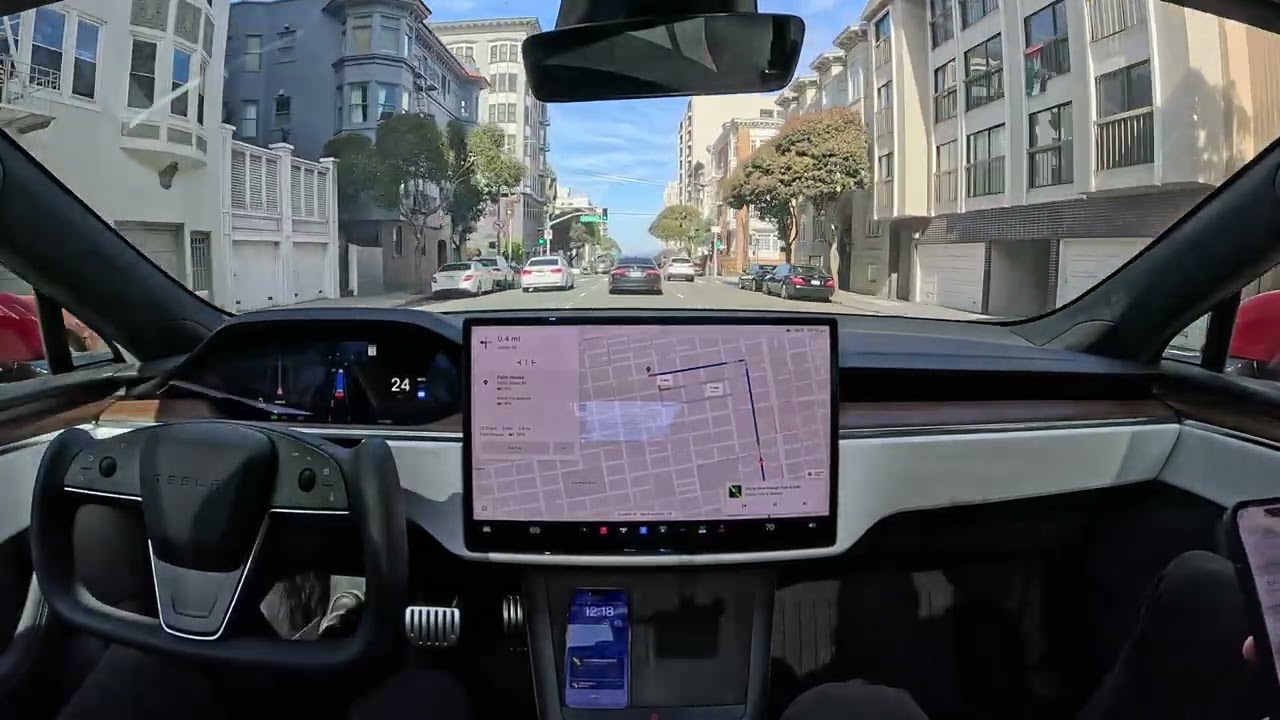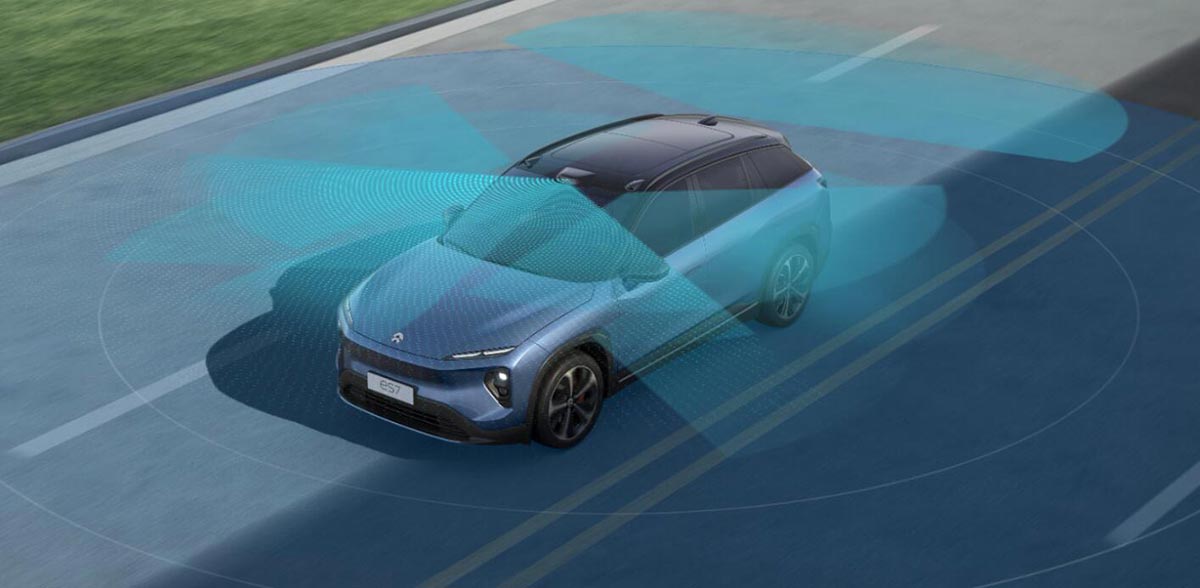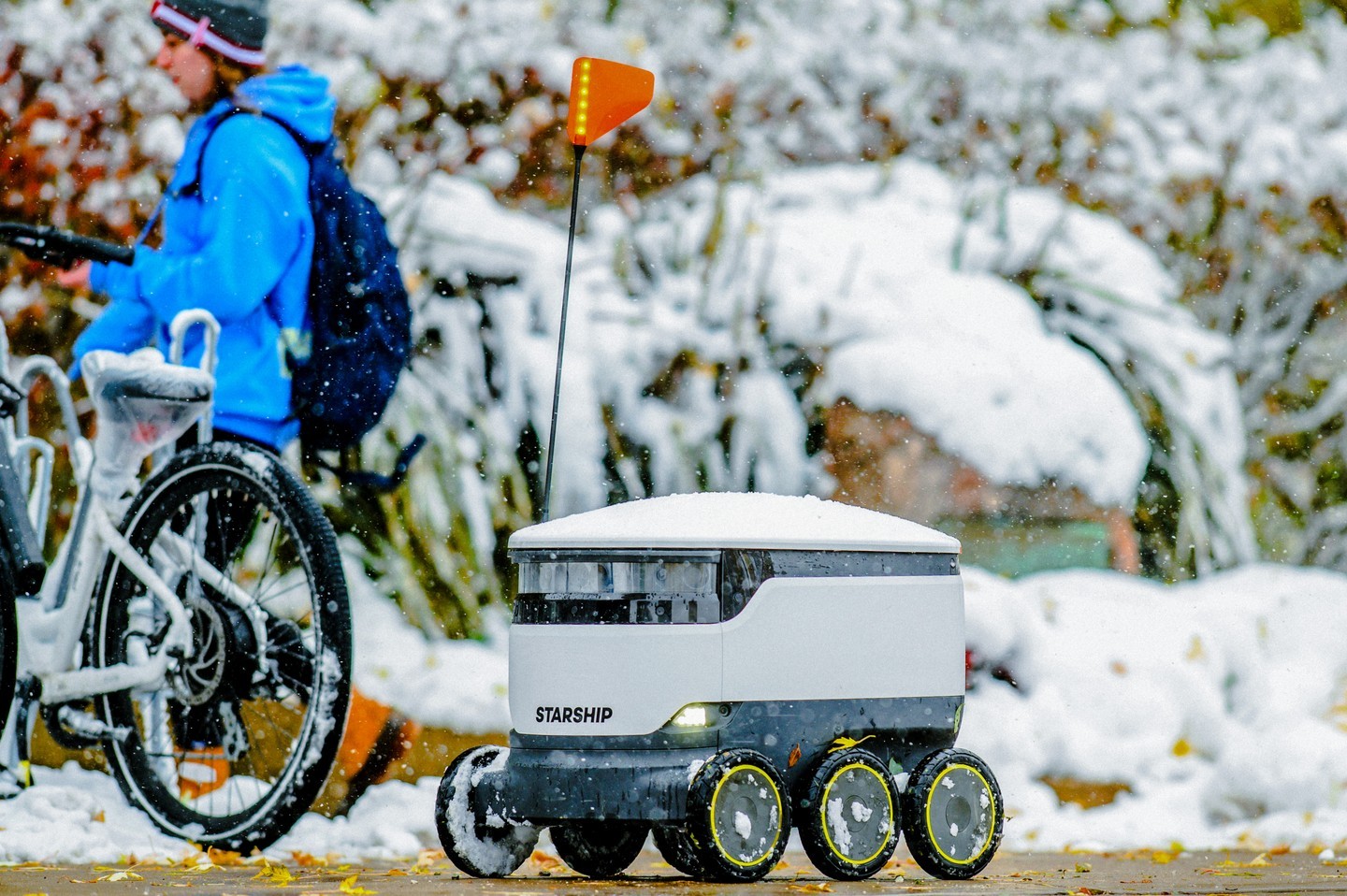General Motors’ self-driving car unit, Cruise, is anticipated to face a prolonged effort throughout this year to reassure regulators and the public about the safety of its robotaxis, according to industry officials. Following the release of a critical safety report commissioned by Cruise, GM revealed a substantial reduction of about $1 billion in Cruise’s annual budget. The company pledged to provide a timeline for the unit’s return to operations soon but indefinitely postponed a March update that was expected to outline its plans.
The delay has prompted questions about when Cruise will be able to resume its vehicles on the road, especially amidst ongoing government investigations, including one by the National Highway Traffic Safety Administration (NHTSA). Industry experts suggest that resolving investigations into defects is a deliberative process, potentially taking months or even a year for more significant issues.
See also: Cruise, GM’s Autonomous Unit, Faces U.S. Investigations After Handling of 2023 Accident
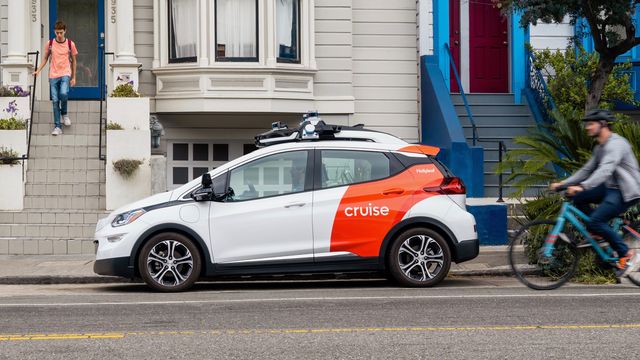
Despite the challenges, GM CEO Mary Barra reiterated her commitment to Cruise, which incurred a $2.7 billion pretax loss in the previous year and burned through $1.9 billion in cash. Cruise had previously reduced its staff by a quarter and halted its entire U.S. fleet after a October accident involving a human driver and a Cruise vehicle in San Francisco.
The safety report indicated that Cruise, intentionally or not, withheld evidence from regulators, the press, and the public after the accident. Regulatory repercussions included the suspension of Cruise’s permit in California and a recall of Cruise vehicles by the NHTSA.
Before resuming operations, Cruise must navigate regulatory approvals from entities such as California’s Public Utilities Commission and Department of Motor Vehicles. Last week, Cruise disclosed investigations by the U.S. Justice Department and Securities and Exchange Commission but provided limited details.
Cruise spokesman Erik Moser emphasized the company’s goal to relaunch in one city with supervised driving as soon as trust is rebuilt with regulators and the public. However, internal meetings reportedly conveyed to some Cruise staff that fully autonomous trips may not resume until the fourth quarter.
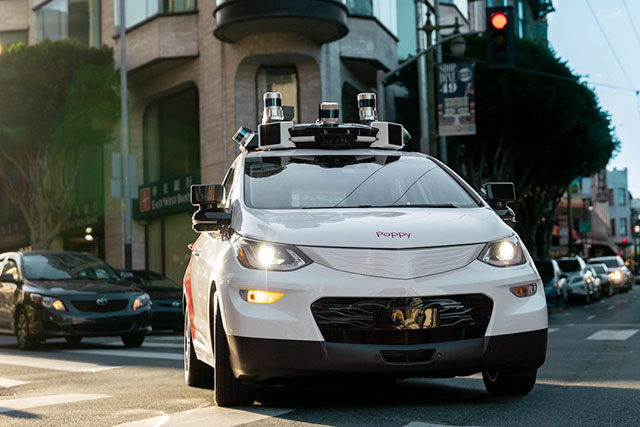
The October accident prompted Cruise to lose its California permit and face a NHTSA recall, leading to the grounding of its entire U.S. fleet. While the location for the service relaunch is undisclosed, sources suggest Houston and Dallas are being considered.
A potential relaunch may involve a limited number of cars in each city without passengers initially. Cruise, which had plans to expand to at least 10 cities, faces the challenge of rebuilding trust with regulators and the public, particularly concerning the safety of its autonomous technology.
In response to a technological analysis commissioned by Cruise, GM’s Barra maintained that Cruise technology is already safer than a human driver. Cruise has been making cost-cutting efforts, including discontinuing the provision of free food at its offices, with employees now required to pay for hot meals and barista-served coffee.

